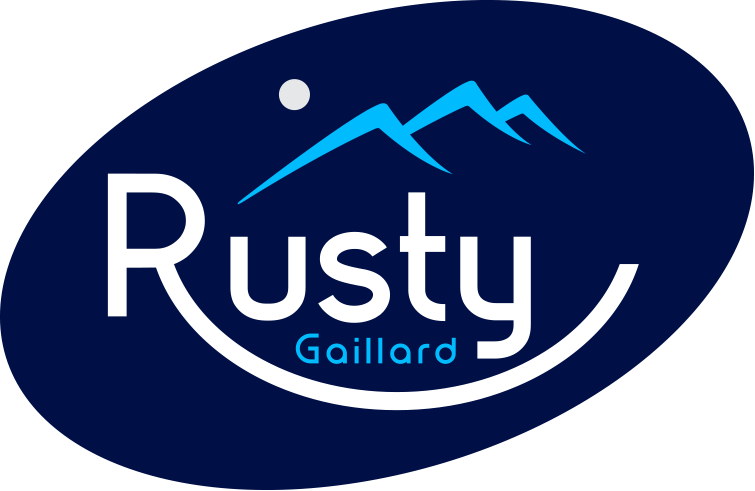Upgrade Your Executive Presence in Meetings
Meetings are a critical place where leadership presence can make or break your career trajectory. Yet even the most talented professionals find themselves holding back, particularly in executive settings where every contribution feels important. Understanding the barriers that create this hesitation - and learning to overcome them - can transform your impact and accelerate your professional growth.
The Hidden Barriers to Speaking Up
The reluctance to speak up stems from old habits and patterns that shape how you participate — or don’t — in meetings. Research shows that social pressure and the presence of authority figures actually diminish our cognitive performance. Here are the five most common barriers that hold leaders back:
Self-identification as "introverted," leading to a default of staying quiet even when you have valuable insights to share
A misguided attempt to empower team members by remaining silent, potentially leaving them without needed support and undermining your own leadership impact
The belief that you have "nothing new to add" to the conversation, especially when others have already spoken
Fear of looking unintelligent or saying something wrong, particularly in front of senior leaders
Discomfort with authority figures in the room, causing hesitation and self-censorship
Shift from Conformity to Confidence
The path to greater impact doesn't require a complete personality overhaul. Instead, consider these powerful mindset shifts to approach meetings differently.
1. Reframe Meetings as Conversations
Instead of viewing each meeting as a formal presentation, approach it as a collaborative dialogue. This mental shift can help reduce pressure and foster more natural engagement. When you see yourself as a participant in a conversation rather than a performer on stage, contribution becomes easier.
2. Envision Your Ideal Participation
Rather than focusing on your current challenges, imagine yourself already embodying the meeting presence you aspire to have. What would that confident version of you contribute? How would they engage? Starting from this vision of success can help bridge the gap between where you are and where you want to be.
3. Focus on Business Outcomes
When you find yourself caught in self-conscious thoughts, redirect your attention to the meeting's business objectives. Ask yourself: What needs to be accomplished here? What perspective might be missing from the discussion? This outward focus naturally reduces anxiety about personal performance.
Moving Beyond Self-Imposed Limits
The key to transformation lies not in acquiring new skills but in releasing old constraints. You already possess the capability to contribute meaningfully. Your challenge is to let go of limiting beliefs that hold you back.
The next time you're in a meeting, try implementing just one of these mindset shifts. Notice how it affects your participation and impact. Small changes in perspective can lead to significant shifts in behavior, helping you evolve into the leader you're meant to be.
Your voice matters. Your insights are valuable. The more you share them, the more impact you'll have in shaping decisions and driving positive change in your organization, and the more you will elevate your executive presence.



